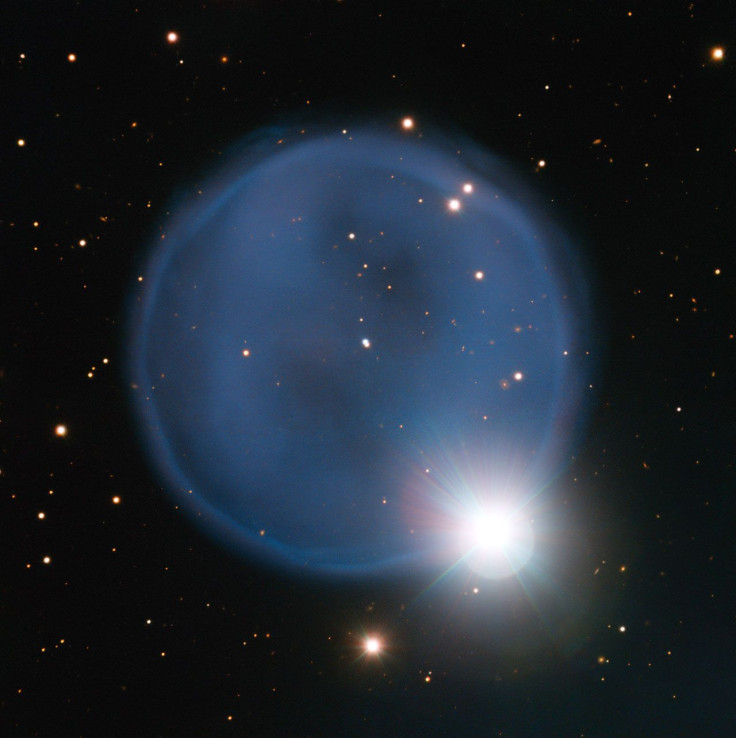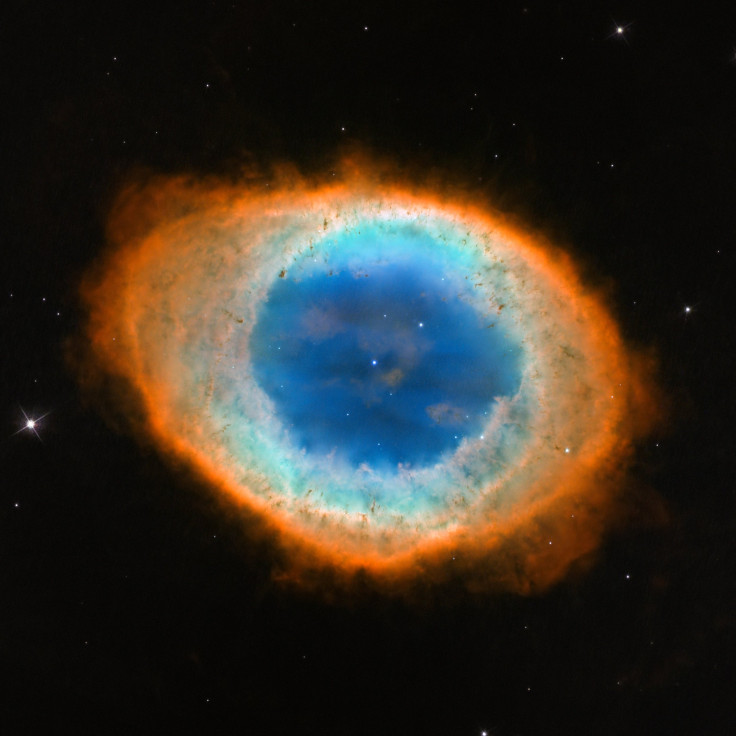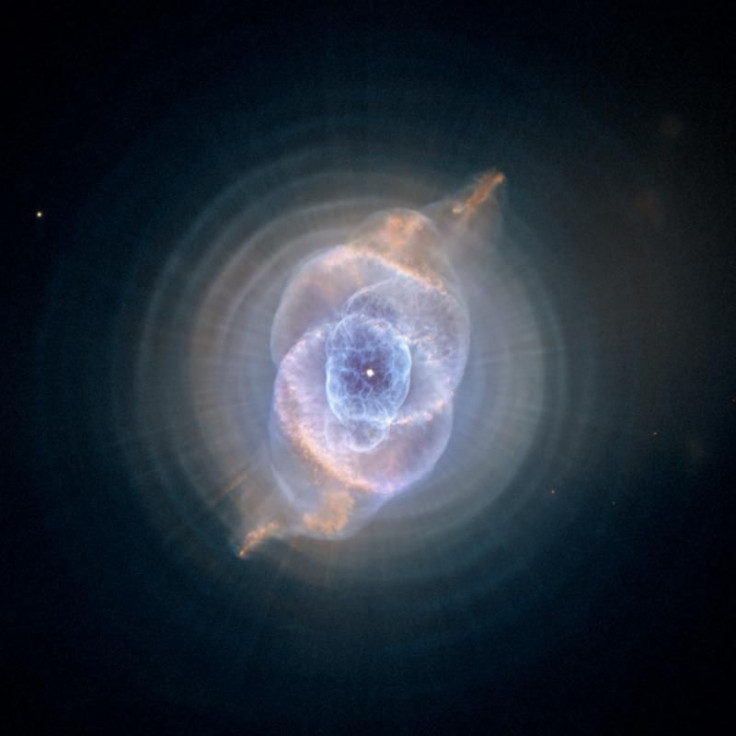‘Cosmic Diamond,’ Caused By The Alignment Of A Star And A Planetary Nebula, Shines In New Image [PHOTO]
Thanks to a perfect alignment, the planetary nebula known as Abell 33 is adorned with new cosmic bling. On Wednesday, the European Southern Observatory released an image of a star in the foreground and Abell 33 in the background, creating the illusion of a “diamond ring.”

ESO’s Very Large Telescope in Chile took the image of Abell 33, located 2,500 light-years from Earth. The image was taken as part of ESO's Cosmic Gems program, which captures visually appealing celestial objects for public awareness and educational purposes.
A planetary nebula is formed as a result of a dying white dwarf, the end stage of a massive star, ejecting most of its atmosphere into space, notes ESO. The shell of gas forms a symmetrical pattern, usually a circle, although the shape can be altered by the spin of the star and other factors. Abell 33 was one of 86 planetary nebulae discovered by George Abell in 1966.

Other famous examples of classic planetary nebulae include the Necklace Nebula and the Ring Nebula. The Cat’s Eye Nebula is one of the more unusual planetary nebulae due to its peculiar structure.

Abell 33's structure is an example of a traditional planetary nebula, a near-perfect circle, and the "diamond" in the ESO image is actually a star, HD 83535. The star is in between Earth and Abell 33 and the alignment creates the illusion. AS ESO notes, the last bit of the star, which will soon become a white dwarf, responsible for the planetary nebula can be seen in the center of the structure.
© Copyright IBTimes 2024. All rights reserved.






















